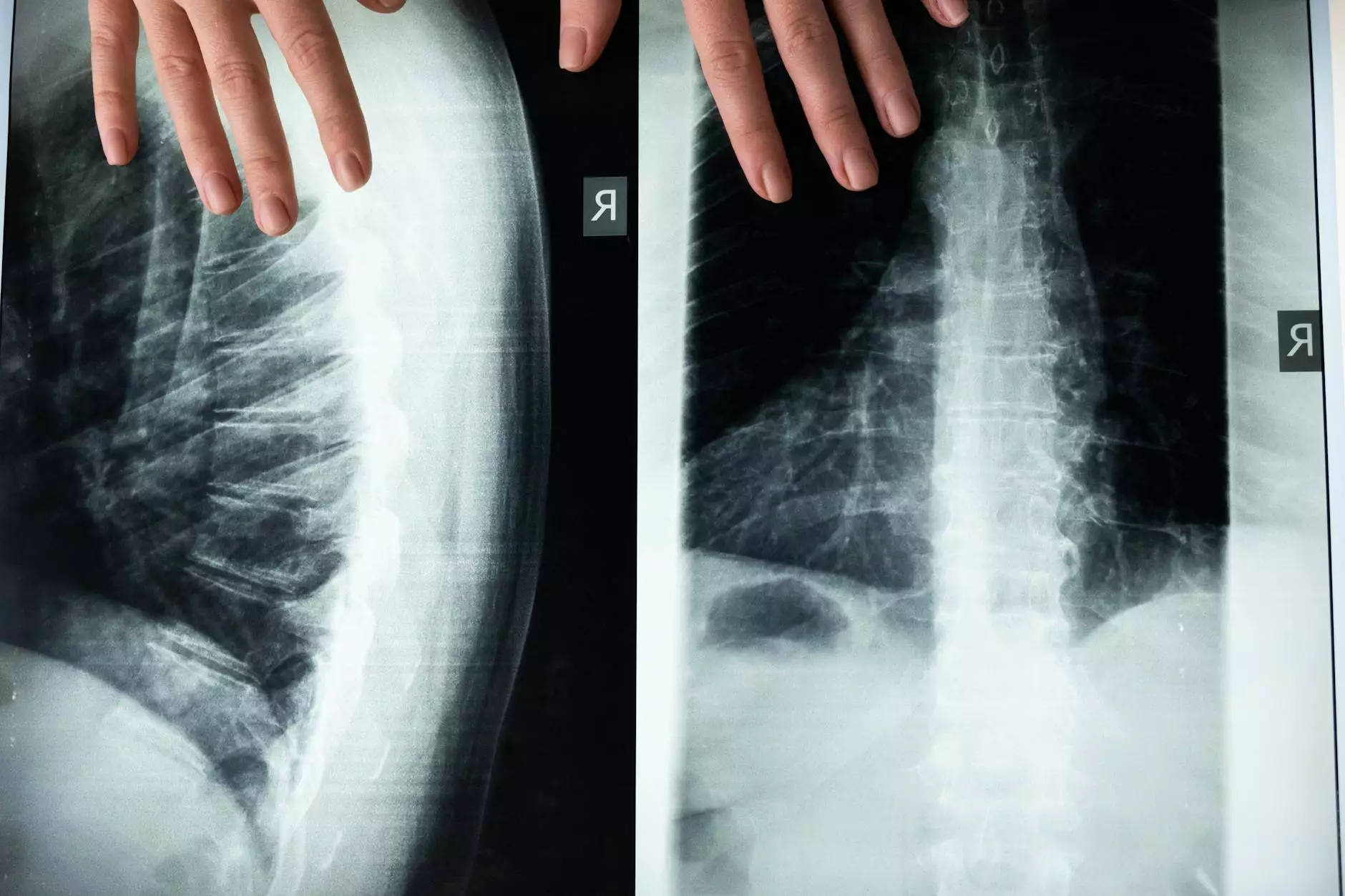Understanding T10 Vertebrae Pain

T10 vertebrae pain can significantly impact a person's quality of life. The tenth thoracic vertebra, part of the thoracic spine, plays a crucial role in supporting the upper body and protecting the spinal cord. When discomfort arises in this area, it can lead to both physical and emotional distress. In this article, we will explore the causes, symptoms, treatment options, and management techniques essential for alleviating T10 vertebrae pain.
What is the T10 Vertebra?
The T10 vertebra is the tenth vertebra of the thoracic region of the spine, located between the T9 and T11 vertebrae. It serves as a vital structural element, connecting to the rib cage and helping to maintain the integrity of the thoracic area. Understanding its function lays the groundwork for recognizing the implications of pain in this area.
Causes of T10 Vertebrae Pain
Various factors can contribute to T10 vertebrae pain, including:
- Injuries: Trauma to the spine, such as fractures or sprains, can lead to significant discomfort.
- Degenerative Disc Disease: The natural aging process can cause the discs to lose hydration, leading to pain.
- Scoliosis: Abnormal curvature of the spine can put additional pressure on the vertebrae.
- Herniated Discs: Discs that bulge or rupture can compress nearby nerves, leading to pain.
- Muscle Strain: Overexertion or poor posture can cause muscle strain around the T10 vertebra.
- Medical Conditions: Conditions like arthritis, infections, or tumors near the spine may also cause pain.
Symptoms of T10 Vertebrae Pain
Recognizing the symptoms associated with T10 vertebrae pain is essential for timely intervention. Common symptoms may include:
- Localized Pain: Sharp or dull pain directly at the T10 vertebra.
- Radiating Discomfort: Pain that spreads from the T10 area to the arms or legs.
- Numbness or Tingling: Sensations that may indicate nerve involvement.
- Muscle Weakness: Reduced strength in associated muscle groups.
- Difficulty Breathing: In severe cases, pain may affect respiratory function.
Diagnosis of T10 Vertebrae Pain
Correctly diagnosing the source of T10 vertebrae pain is crucial for effective treatment. Healthcare professionals typically rely on a combination of the following methods:
- Medical History: Reviewing the patient's health history to identify potential contributing factors.
- Physical Examination: Assessing the spine's alignment and checking for pain sensitivity.
- Imaging Tests: X-rays, MRIs, or CT scans may be utilized to visualize the spine and identify abnormalities.
- Nerve Conduction Studies: These tests assess how well nerves can send signals, which may indicate compression or damage.
Treatment Options for T10 Vertebrae Pain
Managing T10 vertebrae pain often requires a multifaceted approach, including both conservative and more invasive treatments. Here are some of the effective options available:
Conservative Management Techniques
Many cases of T10 vertebrae pain can be managed with conservative treatments. These include:
- Physical Therapy: Tailored exercises can strengthen the surrounding muscles and improve flexibility.
- Cold and Heat Therapy: Applying heat or cold packs can alleviate pain and reduce inflammation.
- Medications: Over-the-counter analgesics, such as ibuprofen, can help manage pain.
- Chiropractic Care: Spinal adjustments may provide relief and improve alignment.
- Massage Therapy: Therapeutic massages can help relax tight muscles and reduce pain.
Invasive Treatment Options
If conservative measures fail, various invasive options may be necessary:
- Injections: Corticosteroid injections directly into the area may help reduce inflammation and pain.
- Surgery: In severe cases, surgical intervention may be required to correct structural issues or relieve nerve compression.
Importance of Rehabilitation
Rehabilitation following treatment for T10 vertebrae pain is fundamental. Engaging in rehabilitation helps restore function, reinforce modifications in lifestyle, and prevent future injuries. Components of an effective rehabilitation program may include:
- Gradual Resumption of Activities: Incrementally returning to daily activities and workouts.
- Posture Correction: Strategies to improve posture and body mechanics.
- Flexibility Exercises: Stretches that enhance range of motion and flexibility.
- Strength Training: Focused exercises to strengthen the core and back muscles.
Preventive Measures for T10 Vertebrae Pain
Preventing T10 vertebrae pain is achievable with proactive measures. Consider the following strategies:
- Maintain a Healthy Weight: Keeping weight within a healthy range reduces strain on the spine.
- Stay Active: Regular low-impact exercises, such as swimming or walking, bolster spinal health.
- Mind Your Posture: Adopt ergonomic practices at work and avoid slouching.
- Avoid Heavy Lifting: Use proper techniques and equipment for lifting when necessary.
- Stretch Regularly: Incorporate flexibility and stretching routines into daily life.
When to Seek Professional Help
It is important to recognize when to seek professional assistance for T10 vertebrae pain. If you experience:
- Persistent Pain: Pain that does not improve with rest or over-the-counter medications.
- Nerve Symptoms: Numbness, tingling, or weakness in legs or arms.
- Loss of Bladder or Bowel Control: Urgent medical attention is needed in such situations.
- Severe Trauma: Any significant injury to the back warrants immediate evaluation.
Conclusion
In conclusion, understanding T10 vertebrae pain and its implications is essential for effective management and treatment. By being aware of the causes, symptoms, and available treatment options, individuals can take proactive steps to alleviate discomfort and improve their quality of life. Whether through conservative measures, rehabilitation, or professional intervention, addressing this condition promptly is crucial to returning to a pain-free existence.
If you or someone you know is struggling with T10 vertebrae pain, explore the specialized resources available through IAOM-US for additional support and care. Empower yourself with knowledge and take charge of your spinal health today!









